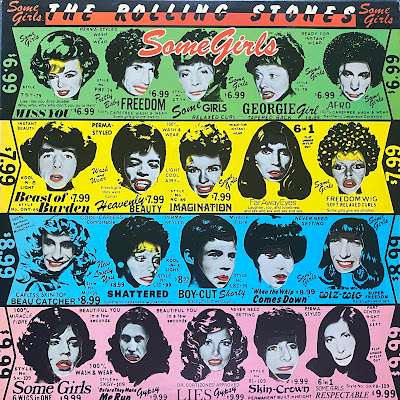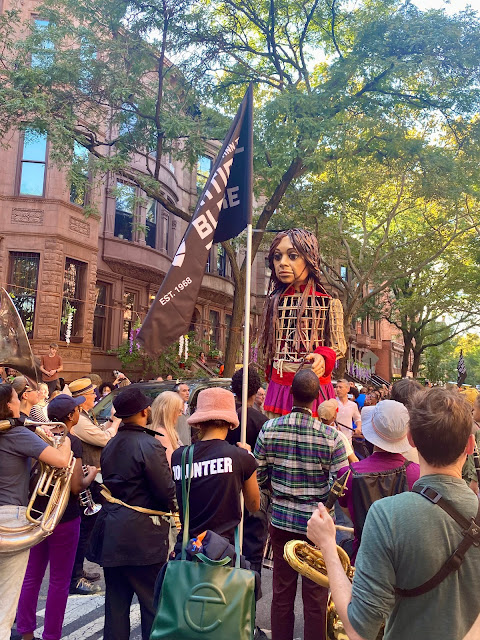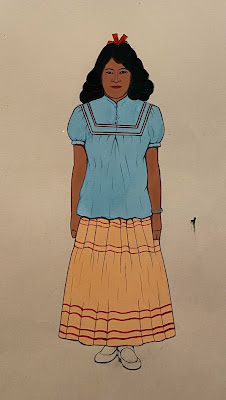If nothing else, Keith Richards takes control of the Rolling Stones narrative, presumably while Mick, with his "tiny todger" (!), suffers from what he calls LVS (lead vocalist syndrome). My first reaction to this very comprehensive autobiography was amazement: how could Richards possibly have remembered so much, so clearly, given his smack-loving reputation? The cover photograph, after all, winks at it and he begins the book with a woe-is-me attempted drug bust.
Of course, sex, drugs and rock 'n roll is exactly why you're reading Life (the in-depth musicology maybe not so much) and Richards certainly delivers on the second ingredient if not the first ("I never could make the first move with any girl") but his side of the story left me with a bad taste in my mouth, and not just because he puts down Studio 54 as "A room full of faggots in boxer shorts.” Richards's memory may be sharp, but his self-awareness is as empty as one of Anita Pallenberg's many, many used syringes. He blames the National Health Service for enabling his introduction to cocaine and heroin, he sugar-coats child abandonment and, like his pal Johnny Depp, he remains oblivious to the havoc that alcohol continues to wreak on his Connecticut dotage. In other words, get thee to a twelve-step program, although that's not an experience I really want to read about either.
Still, this Glimmer Twin co-founded my generation's greatest rock 'n roll band--thanks to my mother, I got to see the STP tour in 1972--so there was plenty to hold my attention for more than 500 pages, particularly when he and Mick are best buds and before he takes up with Anita and the needle, and launches his score-settling campaign with Mick. Like me, Keef is an only child, too, and I was struck by how this passage vividly connects the rush of making music with belonging to a group of like-minded people.
You're sitting with some guys, and you're playing and you go, "Ooh, yeah!" That feeling is worth more than anything. There’s a certain moment when you realize that you’ve actually just left the planet for a bit and that nobody can touch you. You’re elevated because you’re with a bunch of guys that want to do the same thing as you. And when it works, baby, you’ve got wings. You know you’ve been somewhere most people will never get; you’ve been to a special place. And then you want to keep going back and keep landing again, and when you land you get busted. But you always want to go back there. It’s flying without a license.
Life also sent me back to the catalog. 1969's "Let It Bleed" simply can't be beat. And it turns out my vinyl pressing of "Some Girls" may be worth something because it includes pictures of Lucille Ball, Raquel Welch and others who threatened to sue before their images were removed.
Calm down girls, it's only rock 'n roll! But I like it, like it, yes, I do.









































































